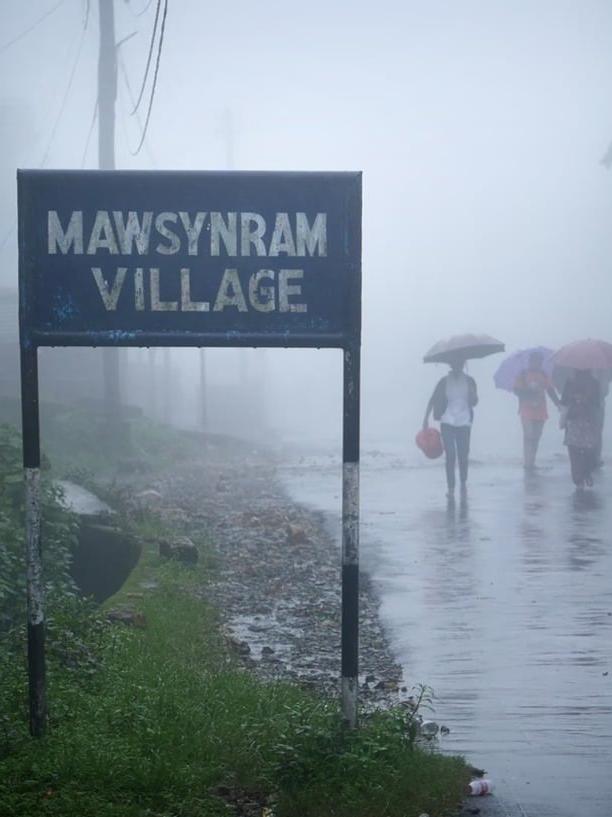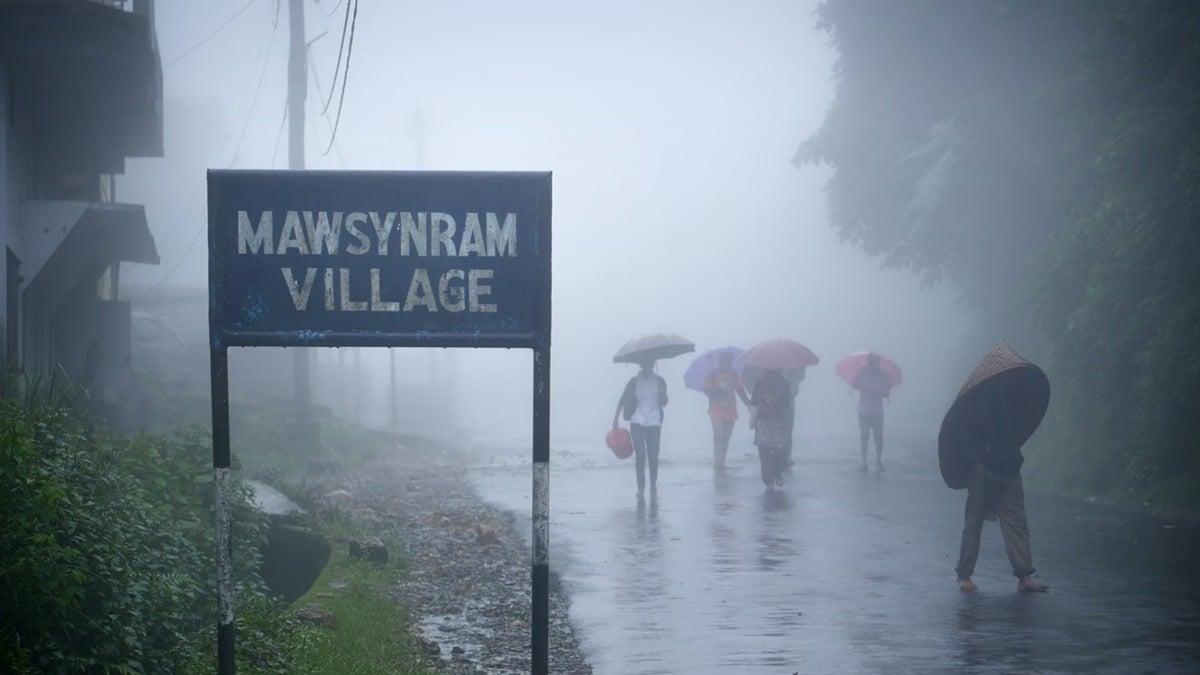Mawsynram, a village in the northeastern Indian state of Meghalaya, currently holds the world record for the highest average annual rainfall: 11,873 mm, according to the Guinness Book of Records. To put that in perspective, the average annual rainfall in Hanoi is only about 1,800 mm, while in Ho Chi Minh City it is about 1,900 mm, meaning Mawsynram receives more than six times the rainfall of the wettest areas in Vietnam.
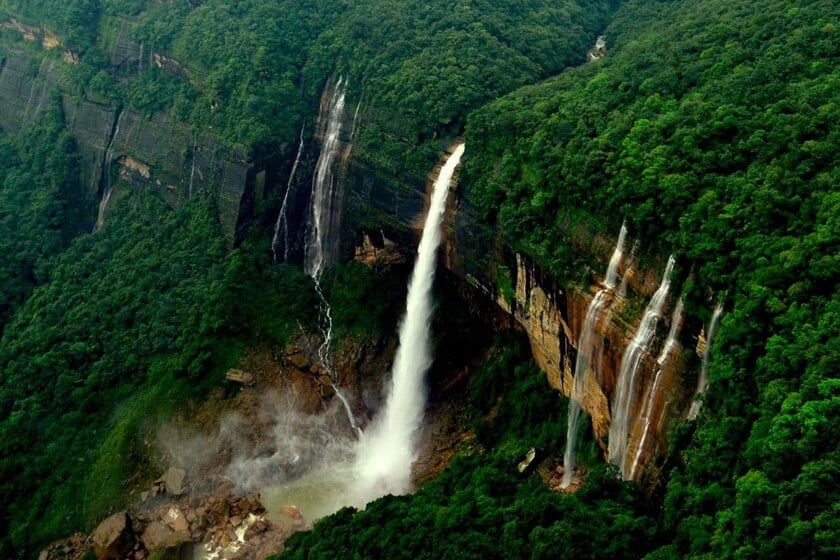
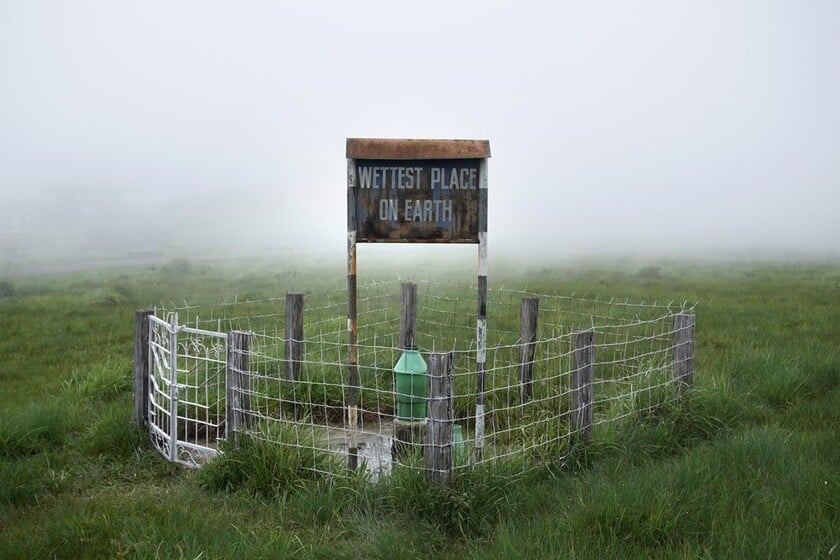

Mawsynram (India), the village that holds the record for the highest average annual rainfall in the world
Why does it rain so much in Mawsynram?
Mawsynram is located in the state of Meghalaya – meaning “abode of clouds” in Sanskrit – and indeed, the area seems to be covered in steam all year round. The village sits at an altitude of about 1,400 meters above sea level, right on the edge of the Shillong plateau, which borders the lowlands of Bangladesh. This is the key to Mawsynram’s status as the “capital of rain”.
The southwest monsoon from June to September carries huge amounts of moisture from the Bay of Bengal. When these moist winds collide with the high mountain walls of the Shillong plateau, they are forced uphill, condensing and dumping torrential rains. This type of rain is called orographic rainfall, and Mawsynram is one of the world’s most spectacular examples.
According to the Guinness Book of World Records, the average annual rainfall in Mawsynram is 11,873 mm. In particular, in June 2022, a new record was set when in just one day, the village received 1,004 mm of rain - a figure that far exceeds the annual average for many places in the world.
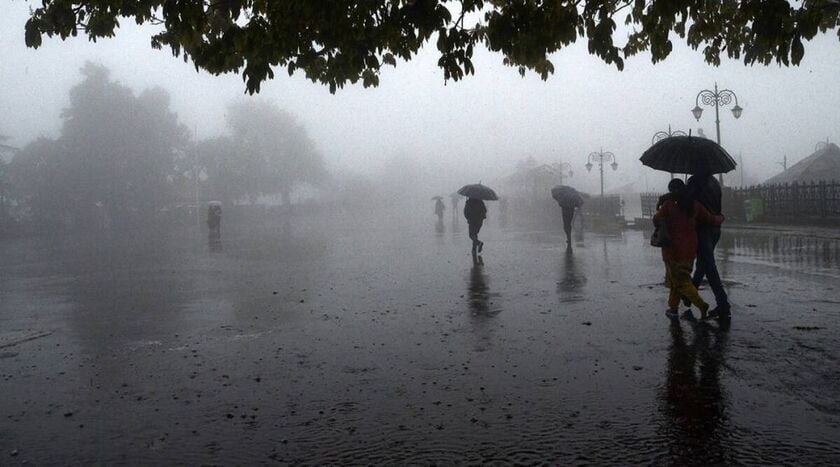
Compared to a temperate European country like Poland, where the average rainfall is only about 600–700 mm/year, Mawsynram is experiencing nearly 20 times more rain.
Life in the rain and unique adaptations
Rain has long been a normal part of life for the people of Mawsynram. They have learned to live with the long rains, lasting from month to month. All activities, from eating, moving to production, are closely linked to the rainy season.
Before the rainy season begins, families are busy preparing. They repair their roofs, often covered with hay, not only for insulation but also to reduce the noise of rain hitting the metal roof. However, heavy rains can wash away the hay, so roof maintenance is a familiar “household chore.” People also stock up on food, fuel and firewood, as going out to shop is almost impossible during the peak season from June to August.
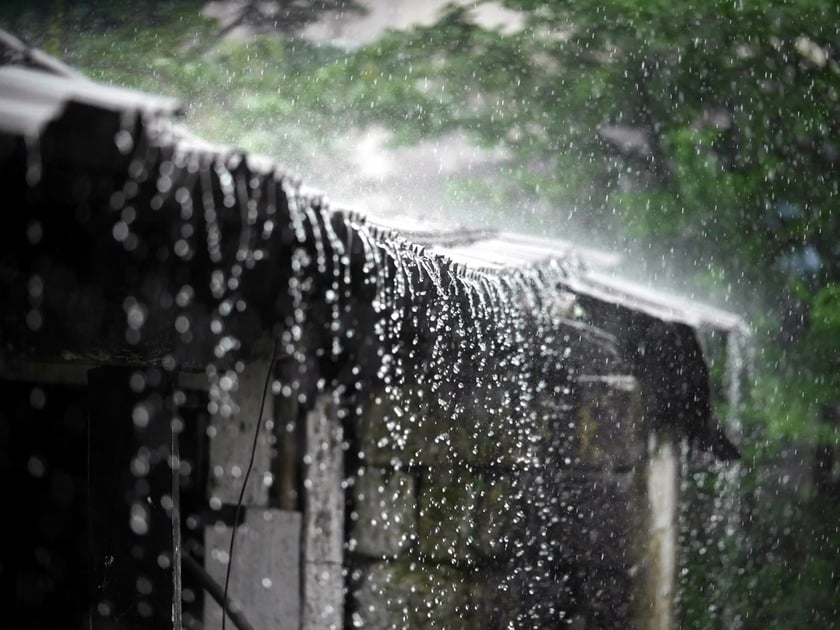
Roof maintenance is a familiar "housework" for the people here.
One item that is a constant is the “knup” – a special traditional raincoat shaped like a turtle shell. They are handmade from bamboo, grass and plastic sheeting, and are able to cover almost the entire body from the rain. Knup weaving is a popular craft among women in the village, especially during the rainy season.

Knup - a traditional raincoat handcrafted from bamboo, grass and plastic sheeting
During days of continuous heavy rain, schools are often closed, many roads become muddy or cut off by flash floods and landslides. Children, accustomed to studying under wet tin roofs, sometimes only attend school a few days a month, and during peak rainy seasons, can study at home.
Electrical systems are also prone to failures due to severe weather conditions. Therefore, wood fires remain the main source of light at night, especially in areas without generators. Many households also store clean water in tanks in case of water contamination or interruption.
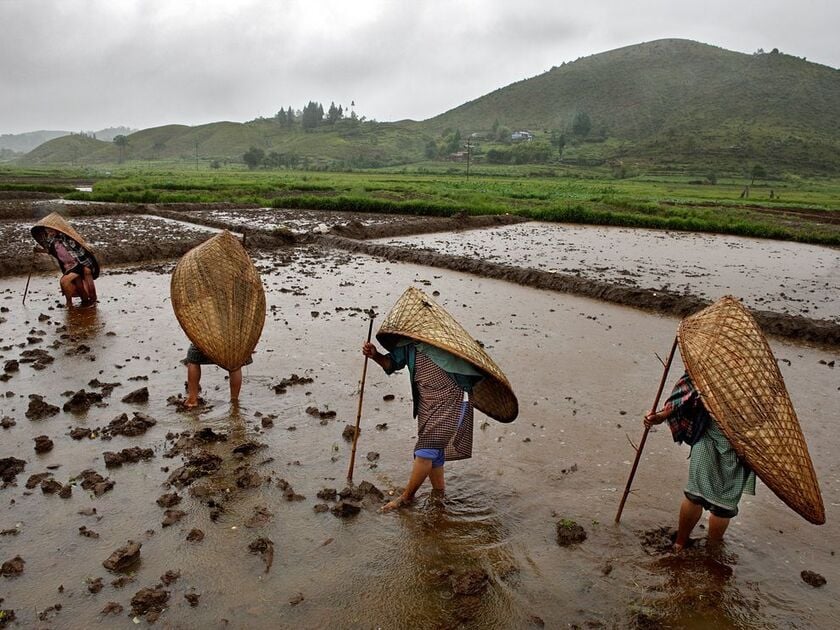
All activities, from eating, moving to production, are closely linked to the rainy season.
Cuisine and culture adapted to the climate
The local cuisine also reflects adaptation to the weather conditions. One of the typical dishes of Mawsynram is “tungtap” – a fermented fish sauce mixed with chilies and tomatoes, often served with rice. This dish is easy to preserve and suitable for the long-term humid conditions. In addition, people also use a lot of dry foods, which are easy to store and do not require elaborate preparation.

Tungtap - fermented fish sauce mixed with chili and tomatoes, often served with rice
Cultural festivals are also held depending on the season. During the less rainy months, the community often holds traditional ceremonies to pray for good harvests, safety and to give thanks to nature. Despite the many inconveniences, the people of Mawsynram always show optimism, solidarity and attachment to their land.
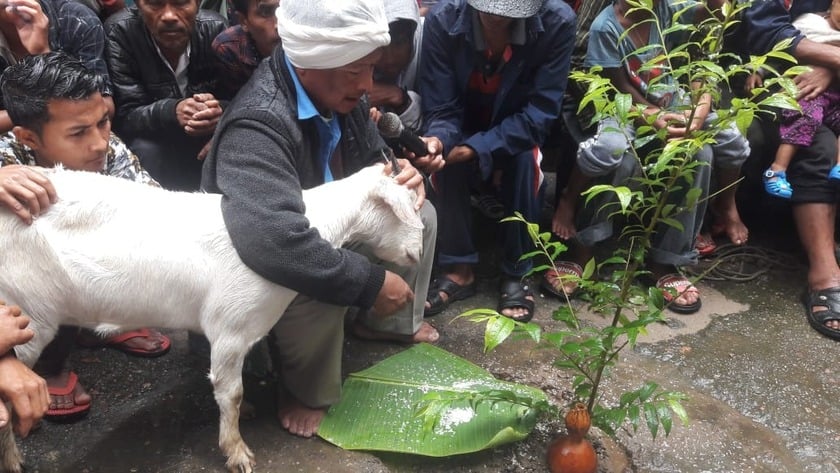
During the less rainy months, communities often hold traditional ceremonies to pray for good crops, peace and to give thanks to nature.
Living bridge from tree roots
One of the most remarkable innovations of the people of Meghalaya in general is the technique of building “living bridges” from tree roots, especially from the banyan tree (Ficus elastica). They guide the roots of the tree across streams and wait patiently for years, even decades, for the roots to intertwine and form a strong natural bridge.

These bridges can withstand strong water currents without being damaged like wooden or concrete bridges in wet environments. Not only are they a sustainable transportation solution, they are also a symbol of the harmonious relationship between humans and nature.


The slender roots of rubber trees are bent and tied together by people to form bridges and ladders, which can withstand the year-round humid environment of Meghalaya.
The fear of natural disasters is always present.
Although the area has adapted to the rains, the risk of natural disasters is always present. Heavy rains can cause landslides, sweep away houses, and cause casualties, especially among children and the elderly. Access to medical care during the rainy season in Mawsynram is also very difficult.
Another paradox is the lack of clean water, as heavy rains cause mud to flow into water sources or damage reservoirs. In the context of climate change, people fear that extreme events such as heavier, longer or more unusual rains will seriously affect their livelihoods and safety.
Spirit of attachment to motherland
Despite living in a year-round storm, most of the people of Mawsynram have no intention of leaving. They consider this place their home, connected to their ancestors, culture and beliefs. The younger generations continue their ancestors’ traditions, preserving their national identity while also adapting to modernity, such as developing tourism, educating the community and using renewable energy.
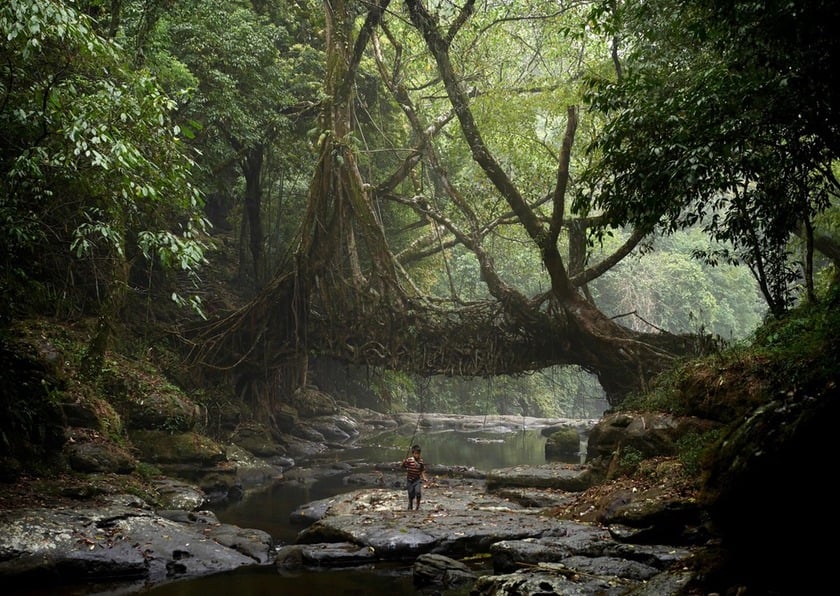
Despite living in the midst of storms all year round, most of the people of Mawsynram have no intention of leaving this place.
Mawsynram, more than a special place on the meteorological map, is a symbol of the strong vitality and the ability of humans to harmonize with the harsh environment, something the modern world is gradually learning and appreciating.





